(122337 products available)


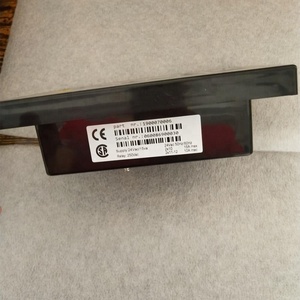

















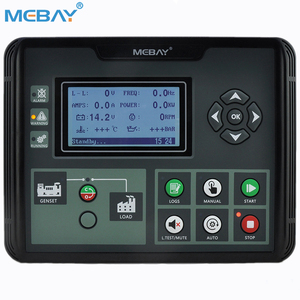
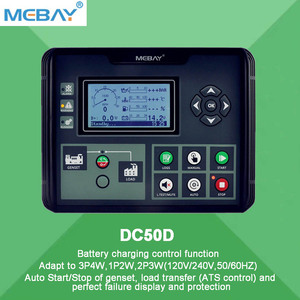


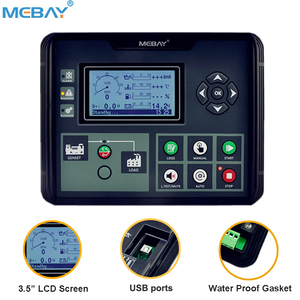







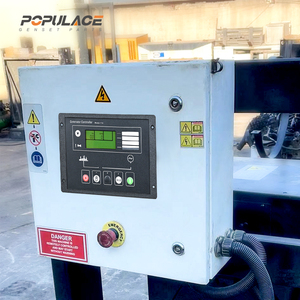












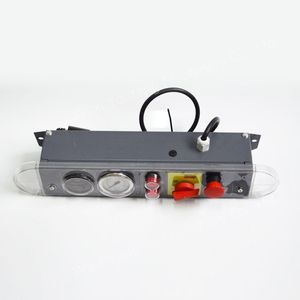



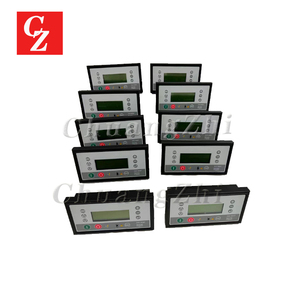








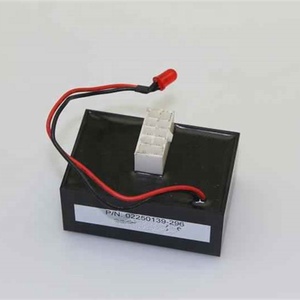


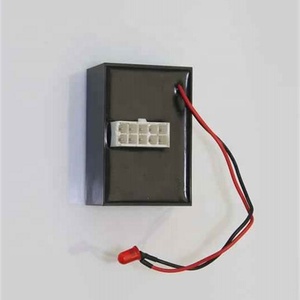






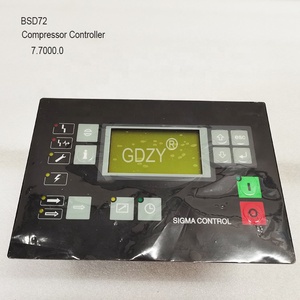

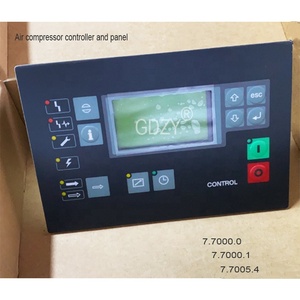








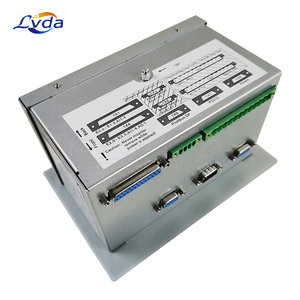

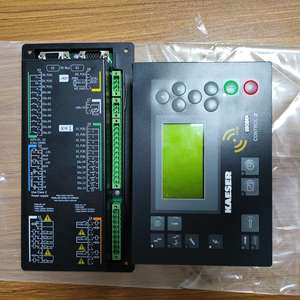


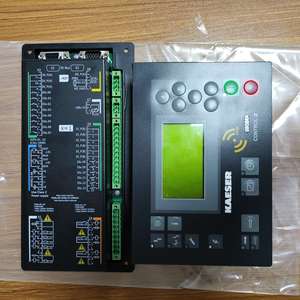

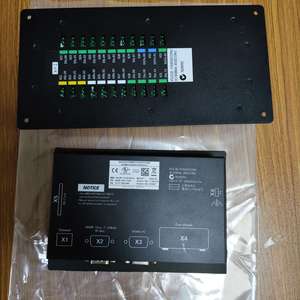

















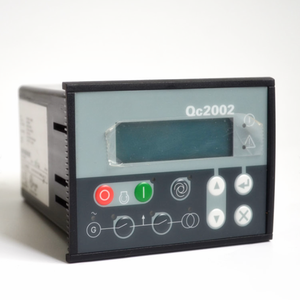
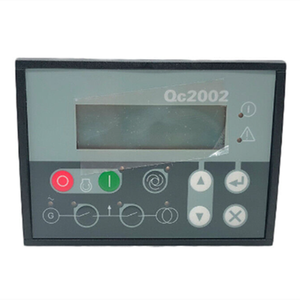



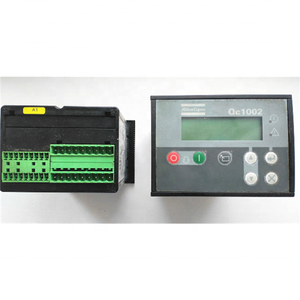
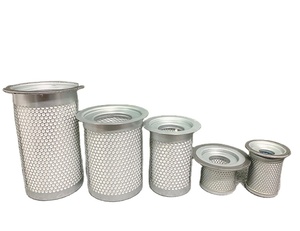







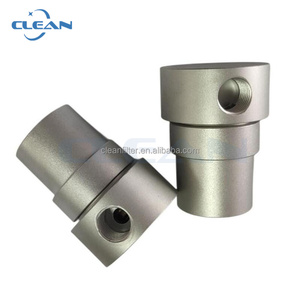



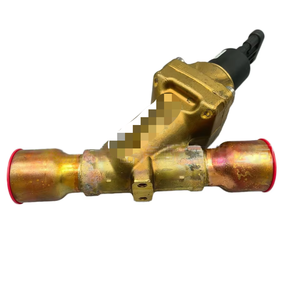









































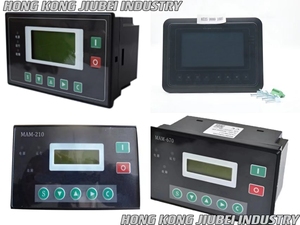










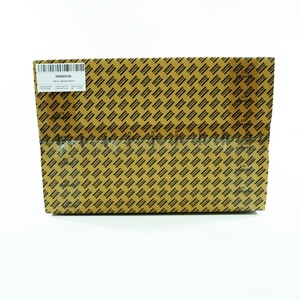
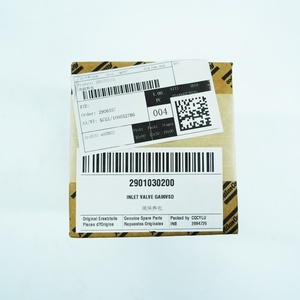














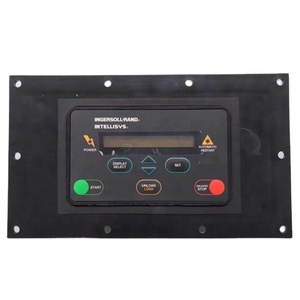



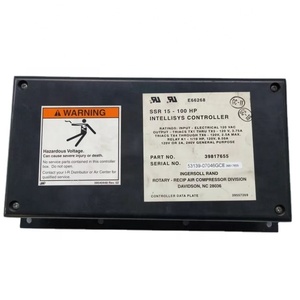




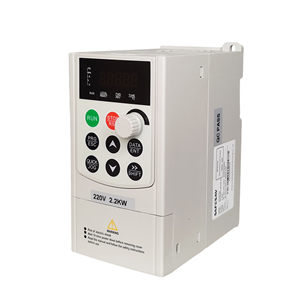



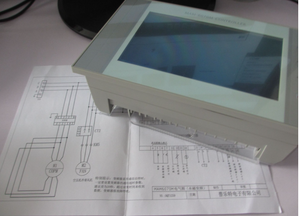


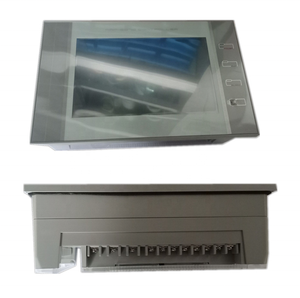






A compressor controller is a device used to monitor and control the operation of a compressor, which is a machine that increases the pressure of a gas by reducing its volume. There are several types of compressor controllers:
Regular Inspection
Users should inspect the compressor and its controls frequently for wear and damage. They should also verify that all control components operate as intended. Visual inspections can reveal issues like loose wiring or leaks.
Cleanliness
It is important to keep the compressor and controller clean. Dust and dirt can block airflow or sensor operation. Users should wipe down exterior surfaces and periodically check inside for contaminants.
Electrical Connections
Users should routinely examine all electrical connections to the controller. Loose or corroded terminals can cause signal problems. They should tighten screws, clean contacts, and look for damaged wiring.
Calibration
Over time, sensors and switches may drift from their specified ranges. Users should follow the manufacturer's suggestions for periodic calibration of key control components. This ensures accurate monitoring and response.
Lubrication
Moving parts of the compressor, such as valves and the drive motor, need proper lubrication. Users should apply the recommended type and amount of lube at the scheduled intervals. This minimizes wear on mechanical components.
Software Updates
If the controller uses programmable logic, users should check for any available updates from the manufacturer. New versions may improve performance or add features.
Preventive Maintenance Schedule
Users should adhere to the manufacturer's recommended maintenance schedule for all compressor parts. Routine tasks like filter changes, valve adjustments, and oil changes prevent problems before they occur.
Training
Anyone operating the compressor should receive proper training on its controls and safety features. Well-informed users can utilize the controller optimally and respond correctly to any alarms.
Choosing the right controller for a compressor is essential to ensure effective management, control, and optimization of the compression process. Here are some key factors:
Application Requirements
Firstly, consider the application where the compressor is used. Is it for industrial purposes, medical equipment, or pneumatic tools? Different applications have different requirements in terms of pressure, flow rate, and reliability. Depending on the application, select a compressor controller that meets the required specifications.
Compressor Type
There are different types of compressors, such as reciprocating compressors, rotary screw compressors, and centrifugal compressors. Each type has its own control requirements. Make sure the controller is compatible with the type of compressor being used.
Integration and Compatibility
Consider the ability of the compressor controller to integrate with existing systems. Whether it can communicate with other control systems, such as PLCs (Programmable Logic Controllers), DCS (Distributed Control Systems), or SCADA (Supervisory Control and Data Acquisition) systems. Also, ensure that the compressor controller is compatible with the hardware and software components of the system.
Features and Functionality
Different compressor controllers come with various features and functionalities. This includes monitoring, data logging, remote access, alarm and notification systems, and control algorithms. Determine the features that are essential for the specific requirements and choose a controller accordingly.
Energy Efficiency
Energy efficiency is an important aspect to consider while choosing a compressor controller. Look for controllers that offer energy-saving features, such as variable speed drive integration, energy monitoring, and optimised control algorithms. Energy-efficient controllers can help reduce operational costs and environmental impact.
Reliability and Redundancy
Depending on the application, reliability and redundancy may be critical factors. Choose compressor controllers that have built-in redundancy, fault tolerance, and reliable performance to ensure continuous operation and minimize downtime.
Ease of Use
Consider the ease of use and user-friendliness of the compressor controller. Look for intuitive interfaces, easy-to-navigate menus, and clear displays. Additionally, consider the availability of configuration, programming, and troubleshooting tools that simplify working with the controller.
Regulatory Compliance
Depending on the industry and location, there may be specific regulations and standards that need to comply with. Ensure that the compressor controller meets the relevant regulatory requirements, such as safety, environmental, and emissions standards.
Cost and Support
Consider the overall cost of the compressor controller, including initial purchase, installation, and ongoing maintenance. Evaluate the level of technical support, training, and warranty offered by the manufacturer or supplier of the controller.
By considering these factors, one can choose a compressor controller that fits perfectly with the needs, enhances performance, improves efficiency, and ensures reliable operation of the compression system.
Here is a guide for the DIY and replacement of compressor controller
Every compressor controller has a user manual. This is the first place to go for instructions on how to install and do service maintenance for the controller.
Power off the compressor to avoid any electrical accidents. Wear safety gear such as gloves and safety goggles to protect oneself.
Find the old controller and know the functions it was doing. This is important to know what the new controller will do and how it is wired.
Get a wire diagram from the manual or online. This is important for knowing how to wire the new controller.
The old controller is unplugged and the wiring is labelled. This is done with great care to avoid electrical accidents and damage to the compressor.
The new controller is mounted in the same place as the old one. The controller is also wired, following the manual and wire diagram.
The new controller parameters are set according to the manual. This is done to ensure the compressor works as required.
Before closing the cover, ensure the controller works as required. This is done by checking all the functions.
Once sure that it is working, the cover is closed, and the area is cleaned.
Q1: Where can people buy a compressor controller?
A1: Alibaba.com is a global B2B platform where business buyers can connect with suppliers and source goods. It is a trustworthy platform where buyers can place bulk orders and find various products at competitive prices. People can also buy a compressor controller at electrical shops, hardware shops, and specialty refrigeration shops.
Q2: Can I use a compressor controller for a small air compressor?
A2: Yes, users can use a compressor controller for a small air compressor. However, it is important to ensure that the compressor controller is suitable for the specific requirements and specifications of the small air compressor.
Q3: What is the difference between a digital and an analog compressor controller?
A3: Digital controllers offer precise control and monitoring, often with programmable features and digital displays. Digital controllers are suitable for applications requiring tight temperature control and stability. On the other hand, analog controllers use mechanical components to provide basic control and monitoring. Analog controllers are often less expensive and suitable for applications with less stringent temperature control requirements.